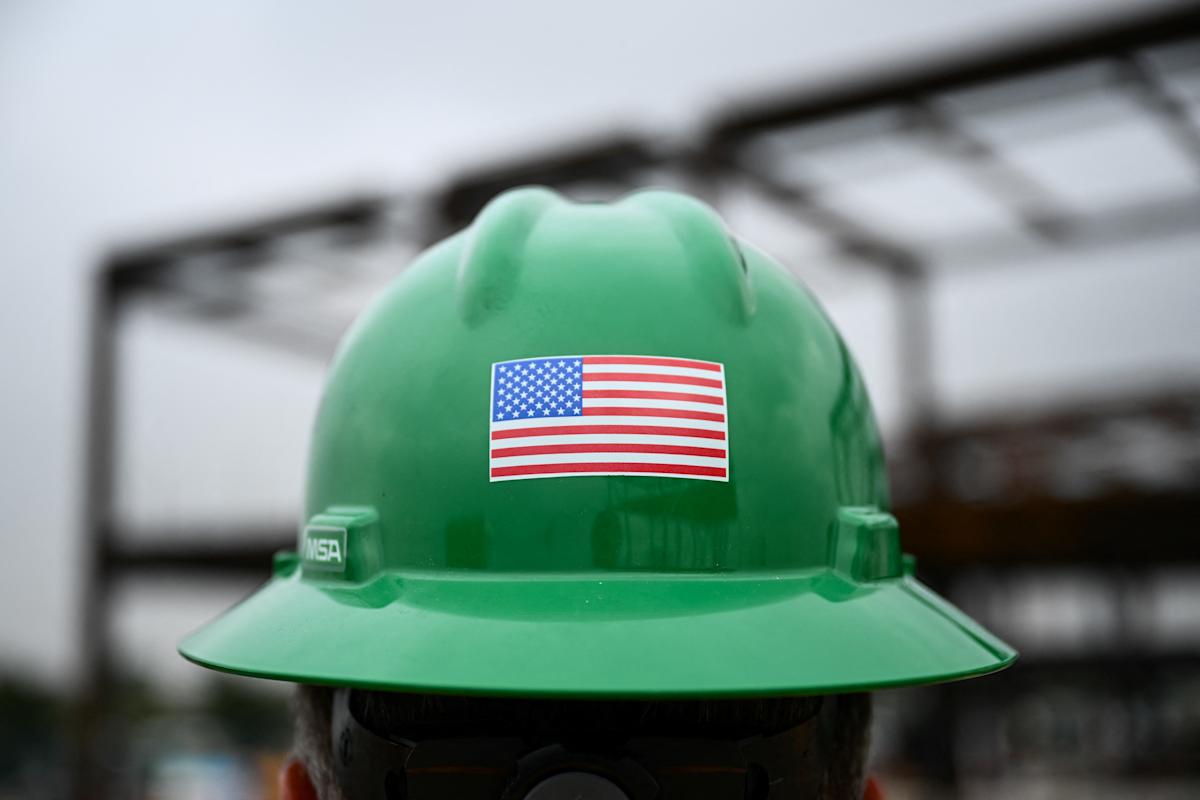The June jobs report is expected to show hiring slowed while the unemployment rate moved higher. The data’s release will come as investors closely watch for any further signs of slowing in the US labor market amid growing debate over when the Federal Reserve will cut interest rates next.
Read more: How the Fed rate decision affects your bank accounts, loans, credit cards, and investments
The Bureau of Labor Statistics data is slated for release at 8:30 a.m. ET on Thursday. Economists expect nonfarm payrolls to have risen by 110,000 in June and the unemployment rate to have moved up to 4.3%, according to consensus estimates compiled by Bloomberg.
In May, the US economy added 139,000 jobs. Meanwhile, the unemployment rate held flat at 4.2%.
Here are the numbers Wall Street is expecting Thursday, according to data from Bloomberg:
-
Nonfarm payrolls: +110,000 vs. +139,000 in May
-
Unemployment rate: 4.3% vs. 4.2%
-
Average hourly earnings, month over month: +0.3% vs. +0.4%
-
Average hourly earnings, year over year: +3.8% vs. +3.9%
-
Average weekly hours worked: 34.3 vs. 34.3
“We think labor demand is slowing, but so far the slowdown is modest,” Morgan Stanley chief US economist Michael Gapen wrote in a note to clients.
The release comes as signs of cooling in the job market have continued to emerge in recent data. On Wednesday, ADP data showed private employers unexpectedly cut 33,000 jobs in June. This marked the first month of job losses in the private sector since March 2023. Meanwhile, continuing filings for unemployment benefits recently hit their highest level in nearly four years.
But the data has yet to indicate a significant, broad-based slowdown in the labor market. On Tuesday, the May Job Openings and Labor Turnover Survey (JOLTS) showed job openings ended May at their highest level since November 2024. The release also showed the quits and hiring rates remaining near decade lows.
ADP chief economist Nela Richardson told Yahoo Finance during a call with reporters on Wednesday that it is now clear that hiring momentum has slowed in the US labor market. Still, that doesn’t mean the second half of the year will bring “consistent job declines,” in Richardson’s view.
The June jobs report comes as the S&P 500 (^GSPC) has recently hit several new record highs amid investor optimism over Fed interest rate cuts and US trade deals. Weaker economic data in the past several weeks has pushed markets to price in two interest rate cuts from the Fed, compared to the one reduction investors priced in a month ago, per Bloomberg data.


